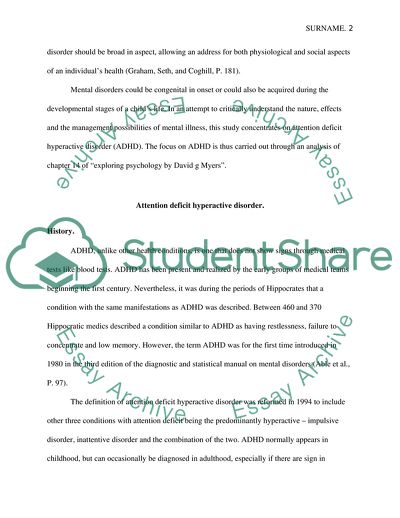Cite this document
(The Aspect of Psychological Disorder Case Study Example | Topics and Well Written Essays - 1250 words, n.d.)
The Aspect of Psychological Disorder Case Study Example | Topics and Well Written Essays - 1250 words. https://studentshare.org/psychology/1851326-psychological-disorder-adhd
The Aspect of Psychological Disorder Case Study Example | Topics and Well Written Essays - 1250 words. https://studentshare.org/psychology/1851326-psychological-disorder-adhd
(The Aspect of Psychological Disorder Case Study Example | Topics and Well Written Essays - 1250 Words)
The Aspect of Psychological Disorder Case Study Example | Topics and Well Written Essays - 1250 Words. https://studentshare.org/psychology/1851326-psychological-disorder-adhd.
The Aspect of Psychological Disorder Case Study Example | Topics and Well Written Essays - 1250 Words. https://studentshare.org/psychology/1851326-psychological-disorder-adhd.
“The Aspect of Psychological Disorder Case Study Example | Topics and Well Written Essays - 1250 Words”. https://studentshare.org/psychology/1851326-psychological-disorder-adhd.


